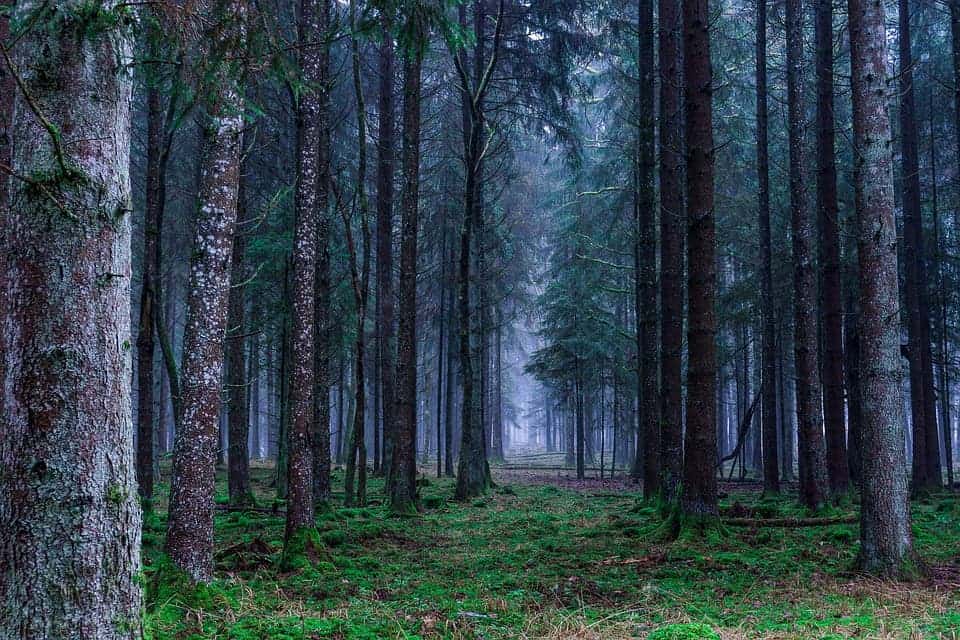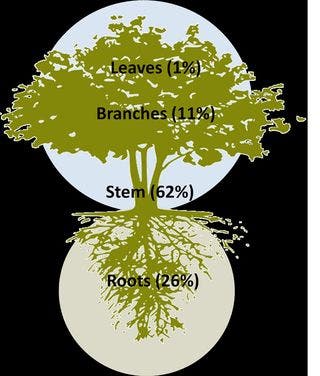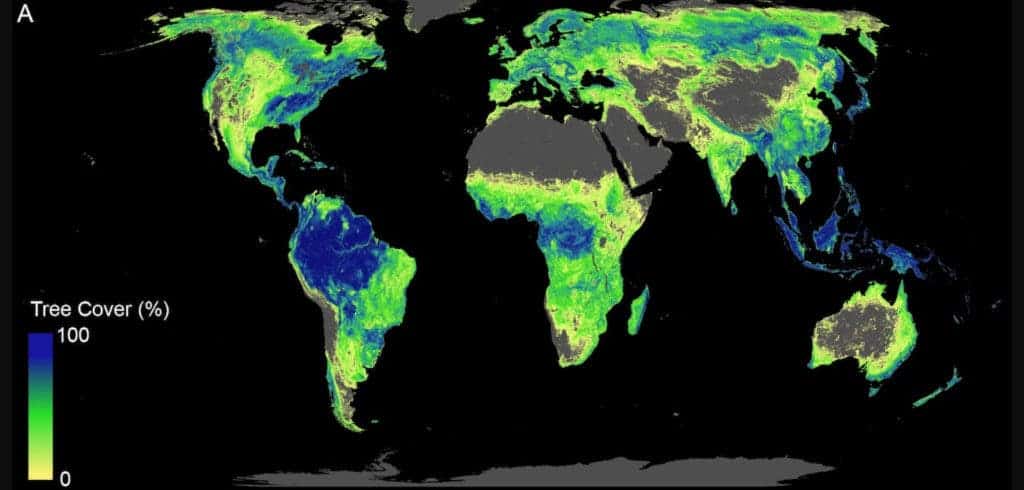
In order to stave off potentially catastrophic climate change, not only does the world have to urgently stop emitting carbon dioxide, but it also has to find a way to absorb a good portion of it from the atmosphere. Luckily nature has evolved just the right technology that can achieve this goal: good old trees. According to a new study, although humans have massively expanded their reach across the planet, there is still enough room to accommodate 0.9 billion hectares of forest.
Nature’s CO2 removal tool
The study, which didn’t include areas currently occupied by agriculture, cities, and existing forests, estimates that there’s enough room for 1-1.5 trillion trees. Currently, there are an estimated 3 trillion trees sucking CO2 from the atmosphere all around the globe. Forests in the United States absorb and store about 750 million metric tons of carbon dioxide each year, an amount equivalent to 10% of the country’s CO2 emissions.
If allowed to mature, these extra forests would store 205 gigatons of carbon, roughly equal to two-thirds of all the carbon humans have added to the atmosphere since the Industrial Age. This would bring down heat-trapping greenhouse gases to levels not seen for nearly 100 years, according to the authors from the Swiss Federal Institute of Technology, Zurich (ETH Zurich).
“We all knew restoring forests could play a part in tackling climate change, but we had no scientific understanding of what impact this could make,” said study senior author Thomas Crowther, an assistant professor of ecology at ETH Zurich.
During photosynthesis, trees use carbon dioxide (CO2) from the atmosphere with water from rain or irrigation and nutrients from the soil to form carbohydrates, which make up the tree’s biomass. The amount of carbon stored by a tree will depend on its size, which in turn is influenced by the species and local environmental conditions.

Previously, the Intergovernmental Panel on Climate Change’s (IPCC) issued a report advising that planting 1 billion hectares of forest is necessary in order to prevent global temperatures from rising over 1.5°C by 2050. This figure inspired Crowther and colleagues to see whether there even was enough room left on the planet’s surface for this many trees.
The researchers analyzed more than 80,000 satellite images, from which they subtracted existing forests, crop fields, and urban areas. Russia has the most space available to accommodate new forests at 583,000 square miles (1.5 million square km), followed by the United States with 397,700 square miles (1 million square km), Canada with 302,700 square miles (784,000 square km), Australia with 223,900 square miles (578,900 square km), Brazil with 191,900 square miles (497,000 square km), and China with 155,200 square miles (402,000 square km).
The reasons why trees are such an appealing solution to tackling climate change is that they’re cheap and do not necessarily require government permission or oversight — anyone can do it, basically. Indeed, various NGOs have so far planted millions of trees. Meanwhile, some government-led projects have also proven highly successful. China has spent more than $100 billion on trees in the last decade alone. Nearly 22 percent of the country is now covered in forest, compared to 19 percent in 2000, according to the Ministry of Environmental Protection.
Meanwhile, the Bonn Challenge, signed and backed by 48 nations, pledged to restore 350 million hectares of forest by 2030. The new study, which was published in the journal Science, now offers these countries evidence that they could be even more ambitious. There is, after all, plenty of room to spare!



